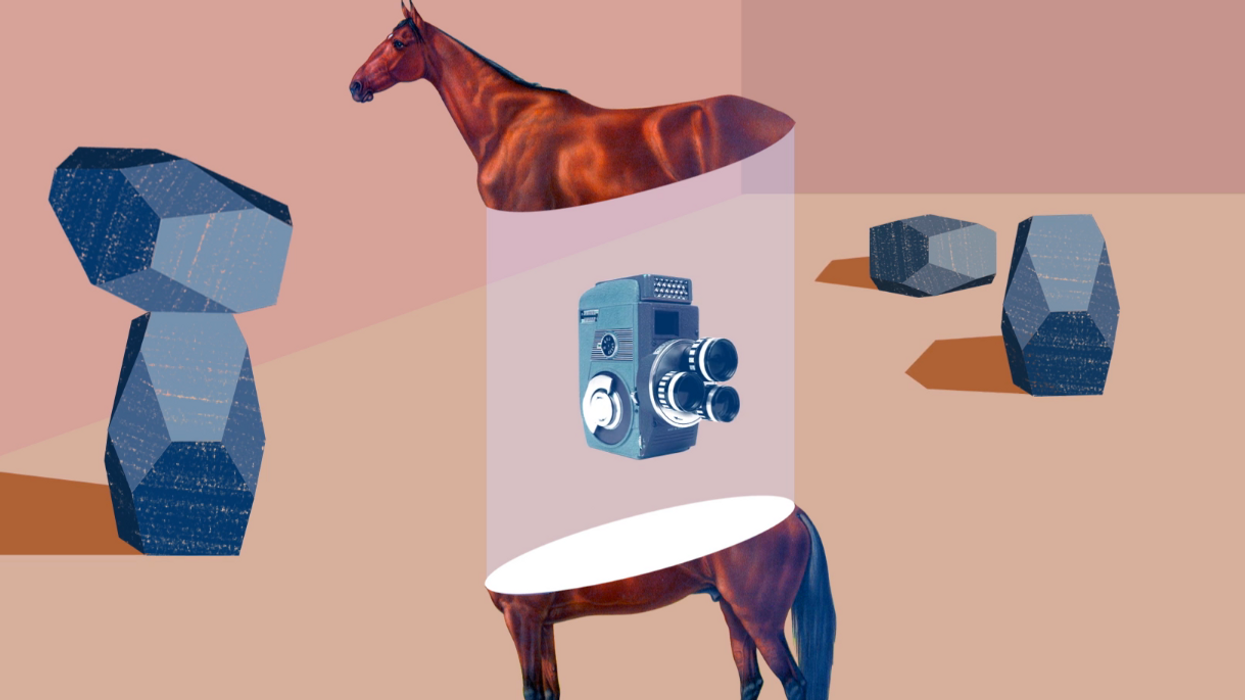How a Kooky Photographer, the Founder of Stanford, and a Horse Accidentally Invented Filmmaking
Who ever knew that betting on horses would've lead to the invention of cinema?

Filmmaking is a relatively new art form. Its history began in the late 1890s after the Lumière/Edison race to create the first film camera/projector resulted in both the cinématographe and kinetograph, but there was actually something that occurred 20 years earlier that turned out to be the single most important event in cinematic history. Find out how a kooky photographer, the founder of Stanford University, and a horse accidentally invented filmmaking in this intriguing video on the history of cinema from Great Big Story.
If the Lumière Brothers and Thomas Edison were there during the birth of cinema, Eadweard Muybridge and Leland Stanford were there during its conception.
As the story goes, Stanford, being the business tycoon and all-around rich guy that he was, made a wager that all four legs of a horse left the ground at the same time while it trotted. Of course, this couldn't be proven without a some scientific experimentation. So, Stanford hired Muybridge, who had gained quite the reputation after photographing the American West, to conduct some photographic studies that examined the gait of a horse while it trotted and galloped to see, once and for all, if all four of the horse's legs came off the ground at the same time. The study was known as "Sallie Gardner at a Gallop," or "The Horse in Motion."
In order to do this, Muybridge set up a series of 12 glass-plate cameras along the track at Stanford's Palo Alto Stock Farm (soon to be the Stanford campus), and as the horse strode by, it would trip a string that would trigger the shutter and expose an image. What resulted was a series of still images that revealed the horse's gait from start to finish.

What do you get when you capture a series of images in quick succession and then speed them up as you exhibit them? Yes! You get the illusion of motion, don't you? Which is what? Exactly! It's cinema, and that's what Muybridge realized back in the late 1870s.
Now, there were certainly toys that predated all of this, ones that utilized the very illusion of motion that made Muybridge's experiment so historic. Things like phenakistoscope (1832), zoetrope (1934), and the praxinoscope (1877) were popular toys that made drawings appear to move when placed inside a rotating drum and viewed through open slots, much like how a shutter works.
However, Muybridge was able to replicate the illusion using images captured of the real world. So, while illusion toys may have marked the earliest rumblings of modern animation, the animal locomotion studies marked that of cinema.
Source: Great Big Story

 No Film School's coverage of
No Film School's coverage of 









